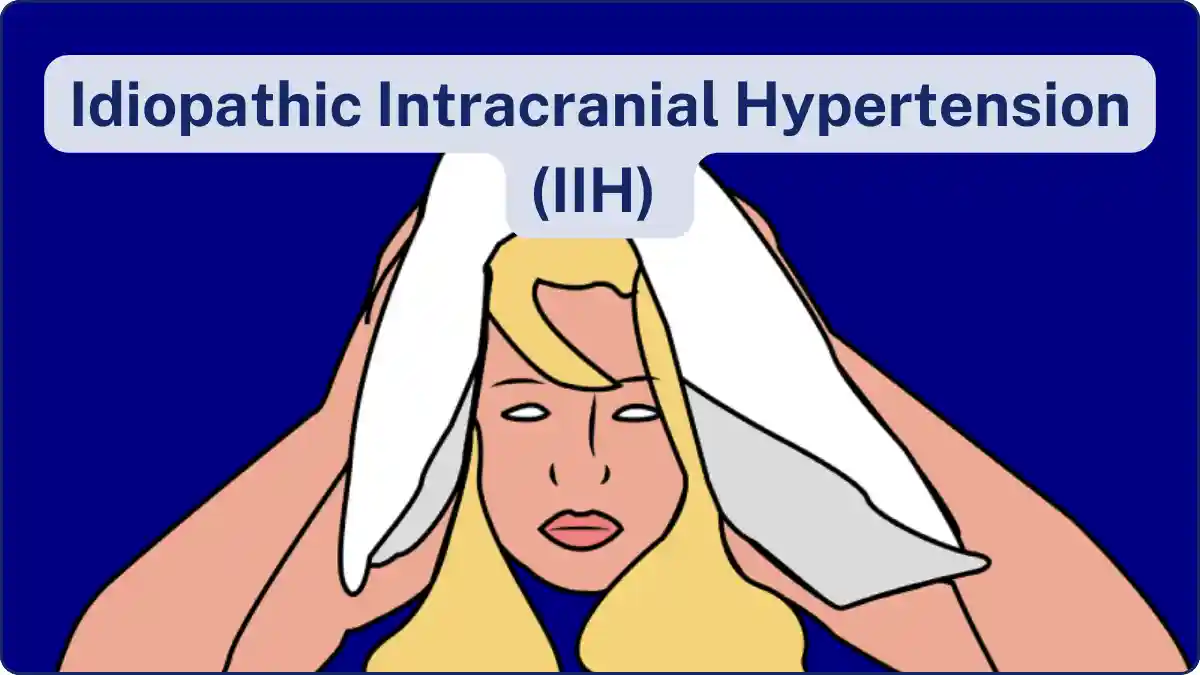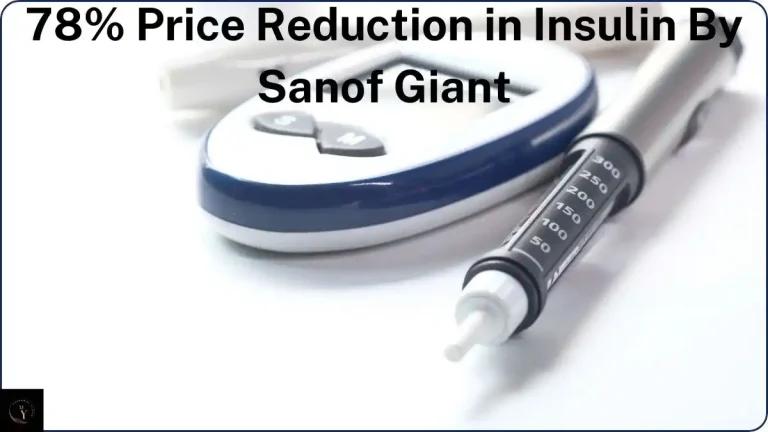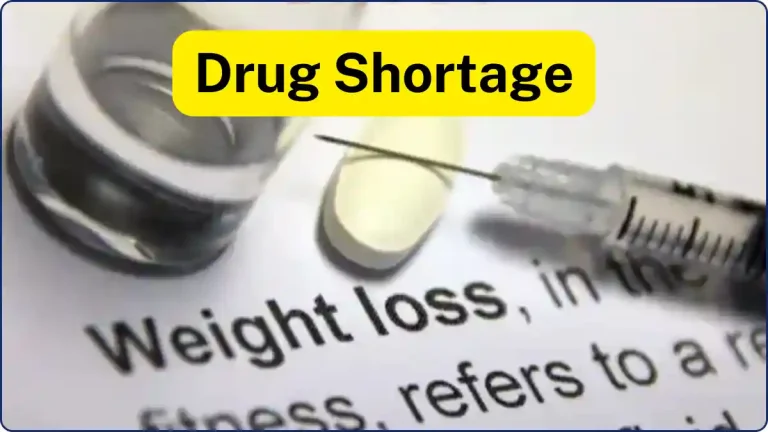Exenatide
Breaking New Ground: Exenatide, a GLP-1 Receptor Agonist, Emerges as a Promising Therapy for Idiopathic Intracranial Hypertension
Idiopathic intracranial hypertension (IIH), a rare neurological disorder marked by elevated intracranial pressure (ICP) of unknown origin, disproportionately affects young women with obesity. Its hallmark symptoms—blinding headaches, vision loss, tinnitus, and cognitive impairment—significantly impair quality of life.
With no licensed therapies, current management relies on off-label medications, repeated lumbar punctures, or invasive surgeries, underscoring an urgent need for targeted treatments.
GLP-1 Receptor Agonists: From Diabetes to Brain Fluid Regulation
Exenatide, a glucagon-like peptide-1 (GLP-1) receptor agonist, is traditionally used to manage type 2 diabetes by enhancing glucose-dependent insulin secretion, suppressing glucagon, and promoting satiety. Beyond metabolic benefits, its role in sustained weight loss has positioned it as a cornerstone in obesity management.
Intriguingly, GLP-1 receptors are densely expressed in the choroid plexus, a brain structure responsible for cerebrospinal fluid (CSF) production. This discovery has sparked interest in it’s potential to modulate CSF dynamics, offering a novel mechanism to alleviate ICP in IIH.
The IIH: Pressure Trial: A Paradigm Shift in IIH Treatment
The groundbreaking IIH: Pressure trial investigates Exenatide’s acute and chronic effects on ICP reduction in IIH patients. This dual-phase study combines:
- Acute Phase: Monitoring real-time ICP changes post-Exenatide administration via invasive sensors.
- Long-Term Phase: Assessing sustained ICP reduction, symptom relief, and weight management over 12 weeks.
Why This Trial Matters
- Unmet Need: IIH lacks disease-modifying therapies. Weight loss, though effective, is challenging to maintain; This GLP-1 agonist could offer a dual benefit by directly targeting CSF production while supporting sustainable weight reduction.
- Mechanistic Innovation: By potentially reducing choroid plexus CSF secretion, This GLP-1 agonist addresses the root cause of elevated ICP, unlike symptomatic treatments.
- Patient Impact: Success could alleviate disabling headaches, preserve vision, and improve cognitive function, transforming care for a population with limited options.
Broader Implications and Future Directions
If proven effective, Byetta may become the first licensed therapy for IIH, setting a precedent for repurposing GLP-1 agonists in neurological disorders. Future research could explore synergies with other ICP-lowering therapies or personalized approaches based on metabolic profiles.
Conclusion
The IIH: Pressure trial represents a beacon of hope for IIH patients, merging metabolic and neurological insights to tackle a complex condition. As science unravels the choroid plexus’s role in ICP regulation, It’s journey from diabetes drug to potential IIH therapy exemplifies the power of innovative translational research.






